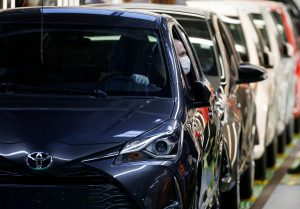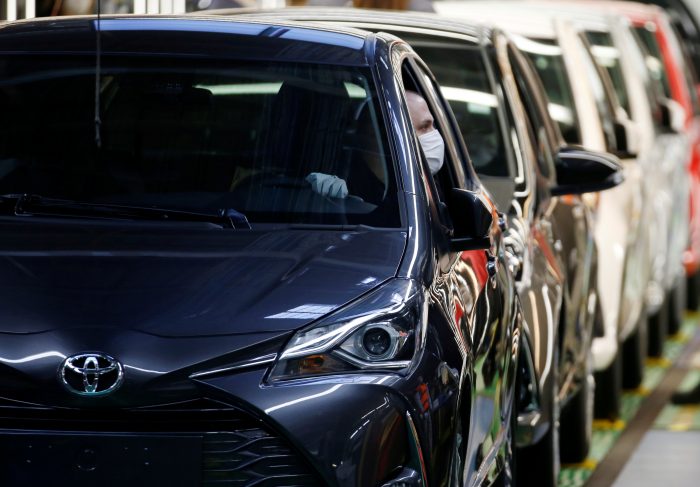Big Tech conglomerates are the focus of two major environmental concerns – the use of carbon credits to offset their massive emissions, and now, surging water consumption for their many data centres.
Tech giants such as Amazon, Meta and Google are major emitters of greenhouse gases, particularly in the United States, where fossil fuel plants were the source of 60% of the electricity generated last year.
There has been a chorus of criticism over the fact that companies such as Amazon and Meta are permitted to use investments in clean power schemes to offset their energy-related emissions, as noted by a report last month by the Financial Times.
ALSO SEE: Asian Superpowers’ Rise in Critical Tech Research Ranking: ASPI
Concern over these tech conglomerates is rising partly because they are spending tens of billions of dollars in a race to utilize artificial intelligence, which experts say will make them some of the biggest users of energy in coming years – and undermine their commitments to be emitters that adhere to ‘net zero’ standards.
Most of the Big Tech giants have said they are scaling up responsibly to meet the increased energy costs linked to their adoption of AI tools and cloud infrastructure.
Microsoft, for example, announced in May that it had signed a biggest renewable energy deal ever – a $10-billion agreement with Brookfield to ensure 10.5 gigawatts of power for data centre operations in both the US and Europe from 2026 to 2030.
Surging water consumption
But there is also worry about data centres’ surging consumption of water, which has allegedly shot up nearly two thirds over the past five years in some parts of the US.
NPR, the American public radio broadcasting outlet, has reported that the average data centre uses 300,000 gallons of water a day to cool heat generated by IT equipment. That is similar to the amount of water used in 100,000 homes.
In the state of Virginia is one of the world’s largest concentrations of data centres, but the large warehouses “full of computers and networking gear” owned by tech giants such as Amazon, Google and Microsoft allegedly consumed 7 billion litres of water in 2023, according to a separate report by the FT.
This problem isn’t new. Residents in The Dalles, in Oregon, were shocked to learn that a data centre owned by Google used a third of the city’s supply – around 355 million gallons of water in 2021. One local resident was quoted as saying the tech giant’s facility had become a “water vampire” in an area said to receive minimal rainfall.
These sort of revelations have prompted pledges by tech giants such as Amazon (AWS) and Google to avoid excessive extraction, and to conserve and reuse water in sites where they build data centres, both in the US and abroad.
Data centres around the world are likely to consume about 200 billion gallons of water this year, and that figure is expected to rise to 250 billion gallons by 2030, according to data from Bluefield Research.
‘Concern over carbon offsets rejig’
On top of these substantial environmental issues, there is also concern some tech giants may be seeking to influence a rewrite of global rules for big companies on how pollution from power use is disclosed, according to a new report.
That stems from “the influence of Amazon and founder Jeff Bezos’ $10-billion [Earth Fund] charitable group over the carbon credit market,” the FT reported on Monday.
It said the Earth Fund is one of the largest backers of the Science Based Targets initiative (SBTi) and a funder of the Greenhouse Gas Protocol, both of which are said to contemplating a rejig of carbon offsets.
SBTi – a UK charity that sets voluntary standards and limits on the use of carbon credits to offset greenhouse gas emissions – is “rethinking its approach to offsets,” it said, noting that some conglomerates were frustrated by the body’s decision that carbon credits could be used for just 10% of a company’s emissions.
Analysts say these developments could have a major impact on climate responses by corporate groups.
They say big polluting companies want the cheapest way possible to Net Zero and may set up a rival entity with a simpler method under which “offsets are seen as credible,” because buying carbon credits costs far less than cutting supply chain emissions.
- Jim Pollard
ALSO SEE:
40% of Global Energy Generated by Renewables in 2023
China Coal Output Rises But Power Generation Use Declines
‘Wealthy Nations’ Fossil Fuel Deals Threaten a Global Catastrophe’
























